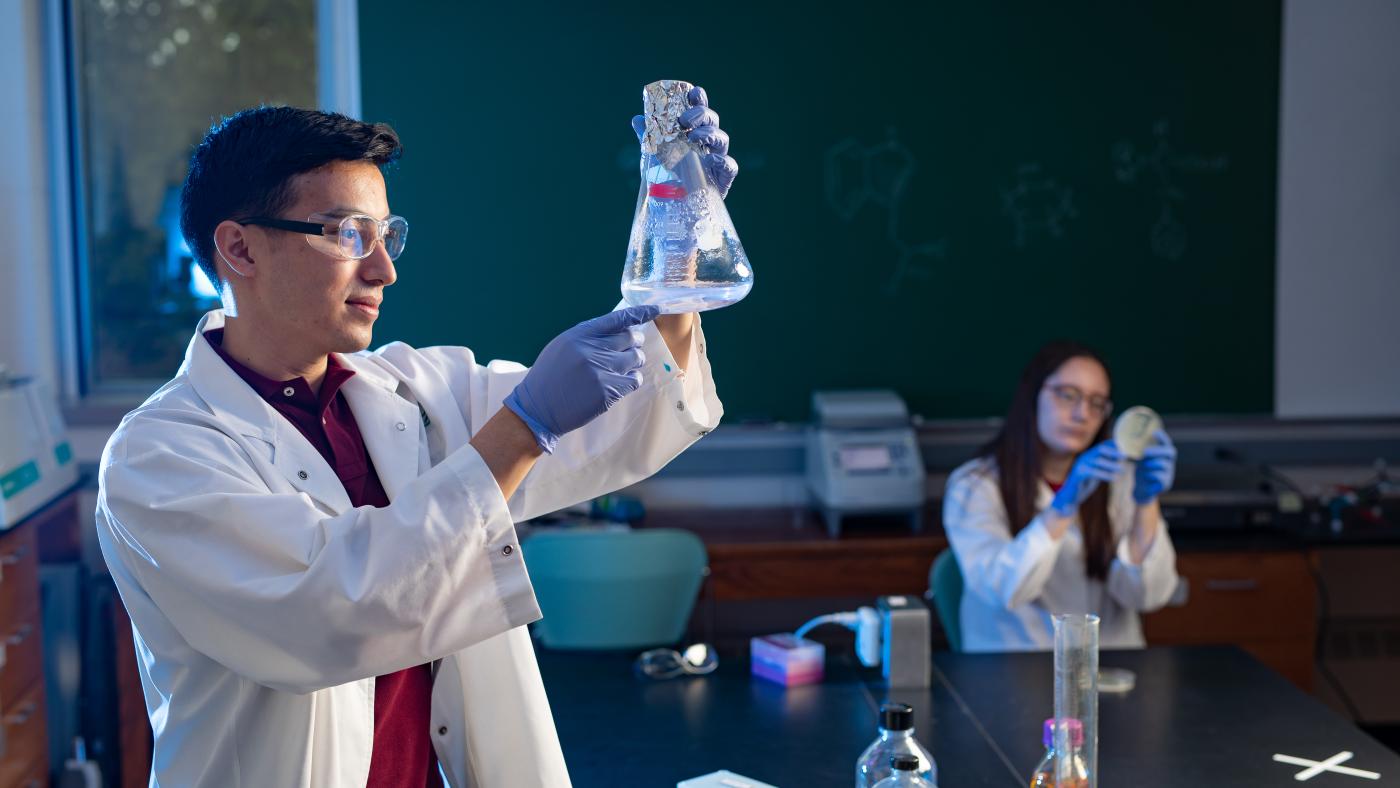Hamline University received a $24,975 grant from the Environmental Protection Agency this month to research enhanced methods of detecting lead ions in drinking water. The grant was announced on Aug. 1 as part of the EPA’s People, Prosperity, and the Planet (P3) program.
The research project is led by Hamline University physics professor and department chair Dr. Lifeng Dong. The project’s objective is to detect lead ions in drinking water through visual methods, utilizing cost-effective bismuth nanoparticles in a manner similar to gold nanoparticles.
“I am thankful to the EPA for recognizing and supporting our research projects at the Hamline University Renewable Energy and Environmental Research Laboratory,” Dong said. “The three EPA P3 awards not only provide financial support but also offer valuable opportunities to exchange ideas and excitement with other teams at the EPA National Sustainable Design Expo.”
This award will facilitate the development of an affordable lead detection approach, making it more accessible to communities in need. Notably, bismuth’s significantly lower cost per gram compared to gold makes it an economical alternative for this application.
Moreover, additional students will be recruited to join this project. This award enables Dong and the students to share their findings with local communities through diverse platforms, such as physics seminars, high school Renewable Energy Camp, Microscope Adventure Camp, Innovation Camp and workshops. It also grants them the opportunity to present their results at the esteemed P3 National Sustainable Design Expo in June 2024. Additionally, they become eligible to compete for a Phase II grant of up to $100,000 to further implement their designs.

